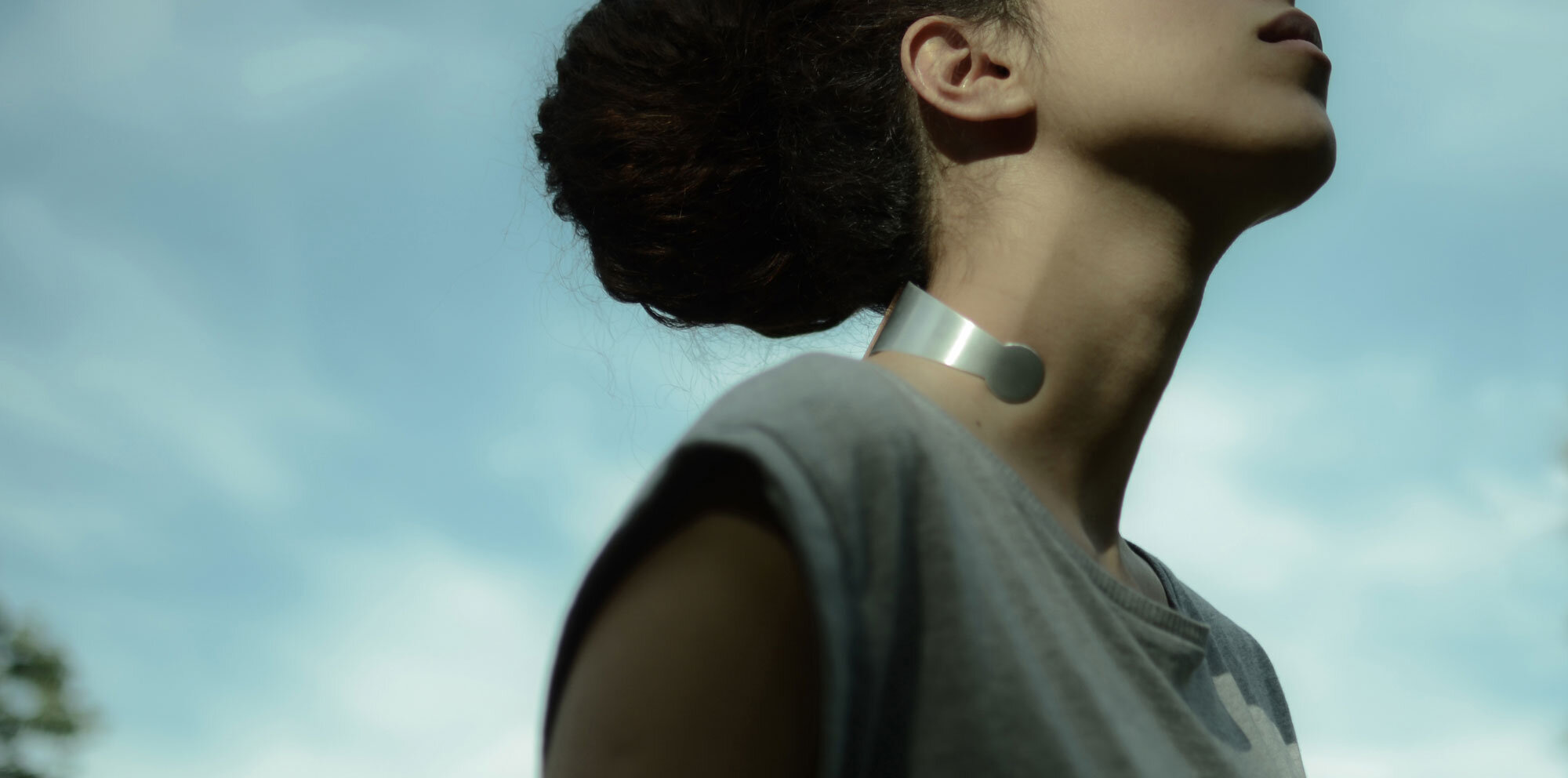eMOTION.
We meet people every day and when we greet them, we keep asking this one question "How are you?". If people who love each other do not live in one place, it may be they ask themselves how the other is actually doing at that moment. We can call them and hear their tune, but we can never know exactly what the emotions are like. Because we don't just speak with words, posture also says a lot about how a person is doing.
Our “eMotion” project is intended to be a bridge between people who are far away, but also understood as a bridge that expresses feelings with the help of technology.

Our body always speaks even if we are silent. Body language describes the way in which you use your body for non-verbal communication. Body language shows how you feel much more clear than words could ever express. We wanted to reflect the posture or gestures of our bodies based on the plant. The approach is much more aimed at posture, especially the shoulders, back and neck. A bent posture can signal, for example, that you are depressed, tired or cowardly.

The plant is controlled using Arduino. When Arduino receives a signal from a compass sensor, Arduino passes the signal on to the two motors. The compass sensor is programmed so that it reads the position of the shoulder. This sensor, which is attached to the neck, can therefore recognize three different states, tired or sad, neutral and happy, and reflect them through the plant. The sensor controls the motors so that they generate diverse movements. All information is transmitted from the sensor on the neck to the plant via Bluetooth.
The leaves are linked by threads to two motors, located under the plant in the planter. The entire pot is constructed so that the flowerpot is fixed in a thin wooden plate. So it is extremely easy to take out the pot to get to the Arduino board that is underneath. A small hole at the bottom of the shell is used to remove heat. So that the threads do not get tangled, two holes were drilled in the flower pot, through which the threads were carried out. We solved the problem of the volume of the motors by gluing a polystyrene sheet to the ceiling.






At the beginning we were dealing with magnets. We wanted to move the leaves of the plant using magnets. First we tested small and thin magnets, but the magnetic force was not enough to move the leaves. Then we tried out an electromagnetic magnet. However, we rejected this idea because there is a possibility that other electronic devices in the vicinity could break. Ultimately, we came up with our current idea of moving the leaves with the help of motors and threads. The leaves of the plants reacted abruptly and the movement initially looked very artificial. After much tedious experimentation, we found a good solution to our problem, namely programming the servo motor. The servo motor is set so that the motor moves by one degree depending on the second. So the movement remains natural and resembles that of our hands, which in turn gives a better impression of how the other feels.

